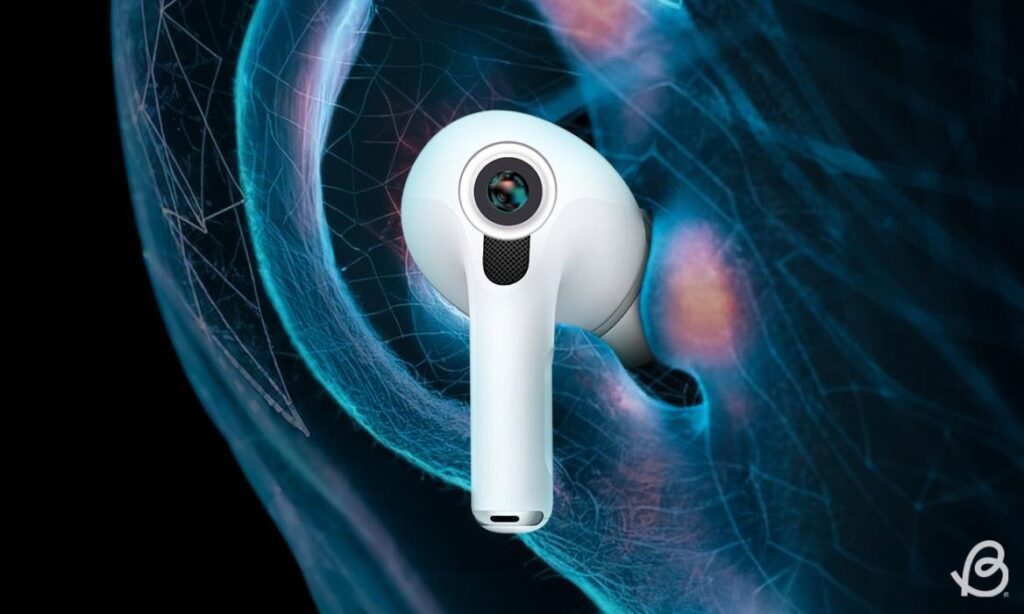Apple is reportedly working on a new range of wearable devices that will combine advanced visual intelligence with the convenience of everyday use. According to a Bloomberg report, the tech giant is developing updated versions of its AirPods and Apple Watch that will feature built-in cameras, with a potential launch slated for 2027.
The report suggests that Apple is creating a specialised chip, named “Nevis,” for the camera-enabled Apple Watch, along with another chip called “Glennie” for the upgraded AirPods. Both chips are expected to be ready by 2027, which raises the possibility of a product release around that time, provided development goes as planned.
This introduction of cameras could be a major shift in Apple’s approach to wearables. While these devices are unlikely to replace traditional cameras or enable FaceTime, they are anticipated to feature AI-driven capabilities. For the Apple Watch, this could involve placing a camera within the screen or near the Digital Crown, particularly for the next Apple Watch Ultra. These features would likely offer more precise navigation, along with context-aware insights through a “Visual Intelligence” system that can interpret surroundings.

The upgraded AirPods may come with infrared cameras that enhance spatial audio, especially when paired with the Vision Pro or future Apple products. These cameras could also enable gesture controls, offering users a new way to interact with their devices. According to Bloomberg’s Mark Gurman, the cameras are intended to capture visual data to support on-device AI, aligning with Apple’s broader goals in artificial intelligence.
Although the devices are still a few years away from release and further details are scarce, this move could represent a significant step toward making Apple’s wearables more intuitive and smarter by combining visual and audio awareness into everyday functions.
Additionally, Apple is reportedly advancing the development of a new chip designed for smart glasses. This chip is believed to be inspired by the energy-efficient chips used in the Apple Watch, prioritizing low power consumption compared to the higher-energy components in the iPhone, iPad, and Mac.
